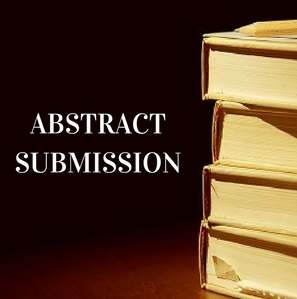
Alejandro Pacheco Sanjuan
Federico Santa Maria Technical University, Chile
Title: Discrete differential geometry concepts for the analysis of finite deformations in single and multi-layered 2D nano-structures
Biography
Biography: Alejandro Pacheco Sanjuan
Abstract
Statement of the Problem: The kinematical description of deformation processes in two-dimensional nanostructures in most cases do not comply the assumptions made by the continuum mechanics theory. During deformation lattice vectors may change significantly in magnitude and orientation. In a first order continuum mechanics approximation each one of the lattice vectors would be erroneously mapped to a tangent space since crystalline membranes do not fall in the category of space-filling 3D materials. i.e., the ones that follow the Cauchy-Born rule. The purpose of this study is to analyze the deformation mechanisms of 2D crystalline nanostructures (graphene and silicene) under mechanical loads by using a kinematical description based on discrete differential geometry concepts.
Methodology & Theoretical Orientation: Molecular dynamics/mechanics (MD/MM) simulations of mechanical tests are performed to characterize the behavior of single and multilayer 2D nanostructures. Two virtual mechanical experiments are analyzed: Displacement controlled planar twist and spherical indentation. Finite deformations of single and multiple layered 2D crystals are analyzed in order to rationalize their mechanical behavior in terms of the existing shearable (Mindlin–Reissner theory) and non-shearable (Kirchhoff-Love theory) continuum shell models.
Findings: Being 2D nanostructures already a discrete system, triangular and tetrahedral geometrical constructions from their geometry are a natural set up to derive expressions for local strain and curvature tensors. Based on simple geometrical parameters an accurate kinematical description of the deformation of these very compliant structures is obtained.
Conclusion & Significance: Non-linear deformations of 2D nanostructures do not comply the assumptions of a first order continuum mechanics theory. The proposed method provides an accurate description of the geometrical changes in thin materials and has contributed to the analysis of the coupling between electromagnetic properties and changes in the local geometry induced by strains and curvatures.


